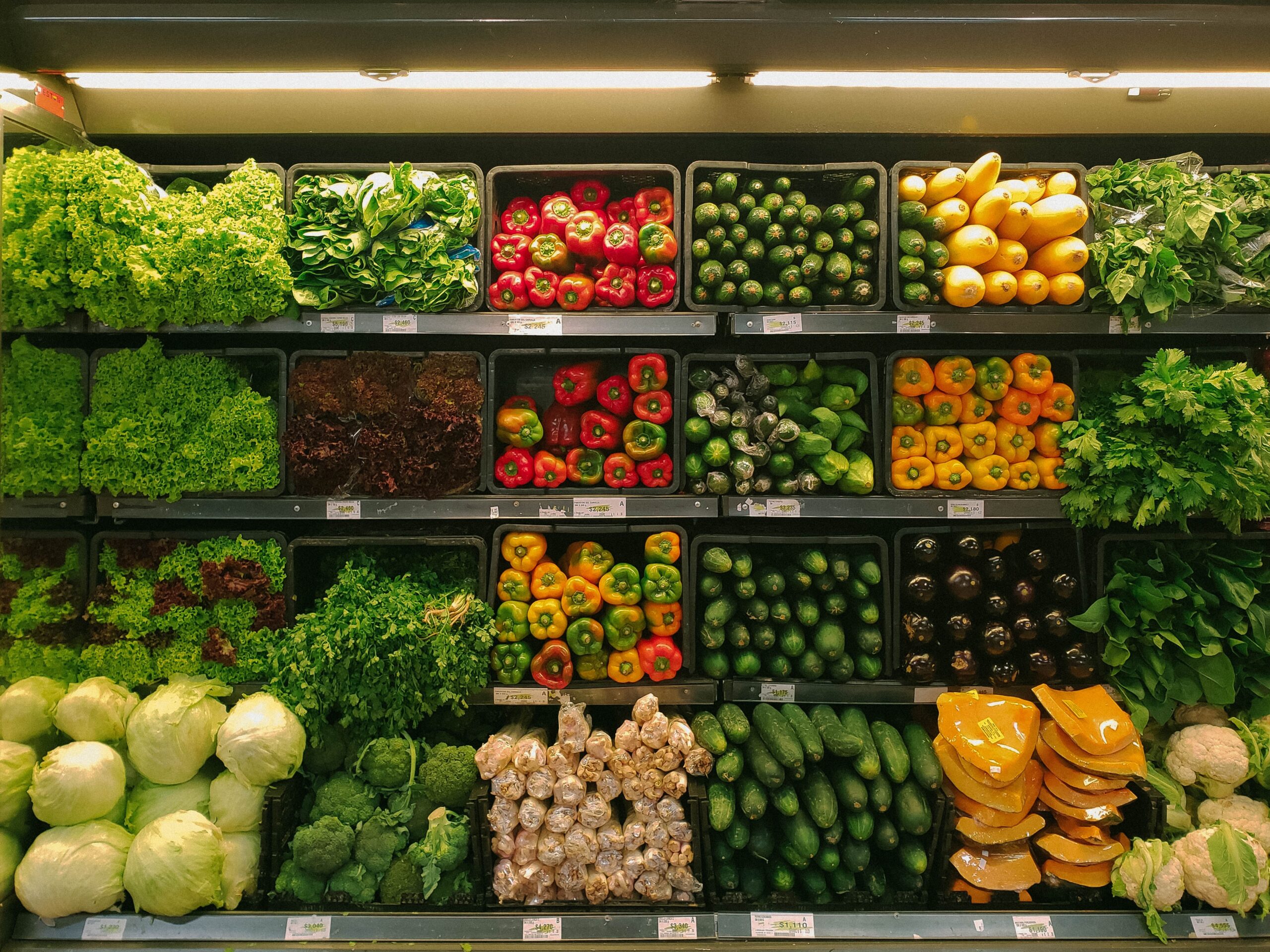Eco expert Andy Kentworthy reveals what you need to know before you hit the bright light.
Australia and New Zealand have the highest reported rates of melanoma in the world. And it’s easy to see why. First, you take a bunch of pale skinned folk without the melanin pigmentation adaption that protects the body by absorbing solar radiation, move them from the Northen Hemisphere and settle them in some much sunnier climes. Then the world’s aerosol use destroys the region’s ozone layer that that had been helping shield them from the most powerful ultra-violet radiation. Mix in a little ‘she’ll be right’ tough guy attitude and you have the perfect conditions for about one in fifteen white skinned New Zealanders to develop melanoma in their lifetime, and about 300 of them to die from it each year.
However, some of the advice out there may understandably leave folks a bit confused. So here’s what you need to know.
THE HOTTEST ADVICE
• During the months of September and April, find shade wherever possible, have good clothing coverage, wear sunglasses and a hat that shades the face and neck, especially between 10 am and 4 pm.
• For vitamin D synthesis, exposure must be to direct sunlight, as UVB does not pass through glass. Get your sun exposure during these months from a daily walk or some other form of outdoor activity in the early morning or late afternoon.
•Get sun exposure during the months of May and August from a daily walk or another form of outdoor activity where your face, arms and hands are exposed in the hours around noon.
• If you have a history of skin cancer, skin damage from the sun, or are taking medicines that affect photosensitivity use sun protection (shade, clothing coverage and a sun-protective hat, sunscreen, sunglasses) all year round.
• Use sun protection throughout the year when at high altitudes or near highly reflective surfaces such as snow or water.
• Avoid sun beds and solaria as they’re associated with increased risk of early- onset melanoma. The risk increases with greater use and an earlier age at first use.
Source: The Ministry of Health
What does SPF mean?
The Sun Protection Factor of a sunscreen is a laboratory measure of the effectiveness of sunscreen: the higher the SPF, the more protection a sunscreen offers against ultraviolet type B, the ultraviolet radiation that causes sunburn and malignant melanoma.
That the intensity of UV radiation from the sun varies. What that means is that using an SPF 30 sunscreen does not necessarily mean you can stay out in the sun for 30 times as long before burning, or even twice as long as you would with SPF 15.
It’s also worth remembering that the SPF also does not measure the cream’s protectiveness against ultraviolet type A radiation, which also causes skin damage and other, albeit generally less serious, forms of skin cancer.
Don’t get burned
Excessive exposure to two types of ultraviolet radiation from the sun, UVA
and UVB, is the main cause of skin cancers. The ‘acceptable level’ of exposure has not yet been determined.
But it is known that exaggerated ultraviolet exposure from a history of intense, intermittent or occasional extreme sun exposure, aka sunburn, in the first 20 years of life causes malignant melanoma.
This appears to be exacerbated when sunburn is severe enough to cause blistering or peeling.
Does sunscreen work?
Some tests on animals have shown that sunscreens protect mice against melanoma, but other studies have found higher rates of malignant melanoma in sunscreen users than in non-sunscreen users. The reasons for this have not yet been nailed down. It could be that the majority of folks using sunscreen have paler skin, so are more at risk anyway.
It may be that the cream gives folks a false sense of security, so they sit out in the sun longer than they should.
Or it could be that people are buying ineffective products.
Can sunscreen cause cancer?
Some active ingredients in sunscreen, when exposed to sunlight and then absorbed into the skin, have been shown to bring about ‘free radical’ particles in the body that cause cell damage and increase the risk of malignant melanoma.
There is also concern about the use of tiny ‘nanoparticles’ in some sunscreen products containing zinc oxide and titanium dioxide. These two ingredients are popular as they offer broad-spectrum protection to a high SPF rating by physically blocking UVB radiation, whereas other sunscreen ingredients rely on chemical reactions and have been implicated in allergic reactions.
The use of nanoparticles in some products means the cream is easier to apply and absorbed more easily into the skin. The use of nanoparticles also eliminate the white layer that can otherwise be left on the skin.
Because of this it has been argued that their use increases people’s willingness to apply proper sunscreen coverage and the ability of parents to do so for their children. But others believe that the ability of nanoparticles to permeate further into the skin increases their risk of harm.
In Australia The Therapeutic Goods Administration says no current evidence suggest that sunscreen nanoparticles pose greater safety risks than conventional products. And while all active ingredients must be declared on sunscreen labels, it is not a requirement for sunscreen labels to declare the particle size of the active ingredients.
On the other side of the world, the European Union only allows titanium dioxide nanoparticles in the belief that the safety of zinc oxide nanoparticles has not been “sufficiently demonstrated”. The EU is also in the process of reviewing the potential risks of titanium oxide use in abnormal skin conditions.
Friends of the Earth Australia, in a report endorsed by Public Health Association Australia has called for the use of nanoparticles to be reassessed in light of the novel behaviour the nano versions of these ingredients exhibit and the fact that that at least 14 brands they surveyed mistakenly told the organisation their products were ‘nano-free’, when in fact they used combinations of nano-particles in their formulations.
Meanwhile, the Australian consumer group Choice has claimed that some ingredients which companies claim are ‘non-nano’ in fact exhibit the same properties.







